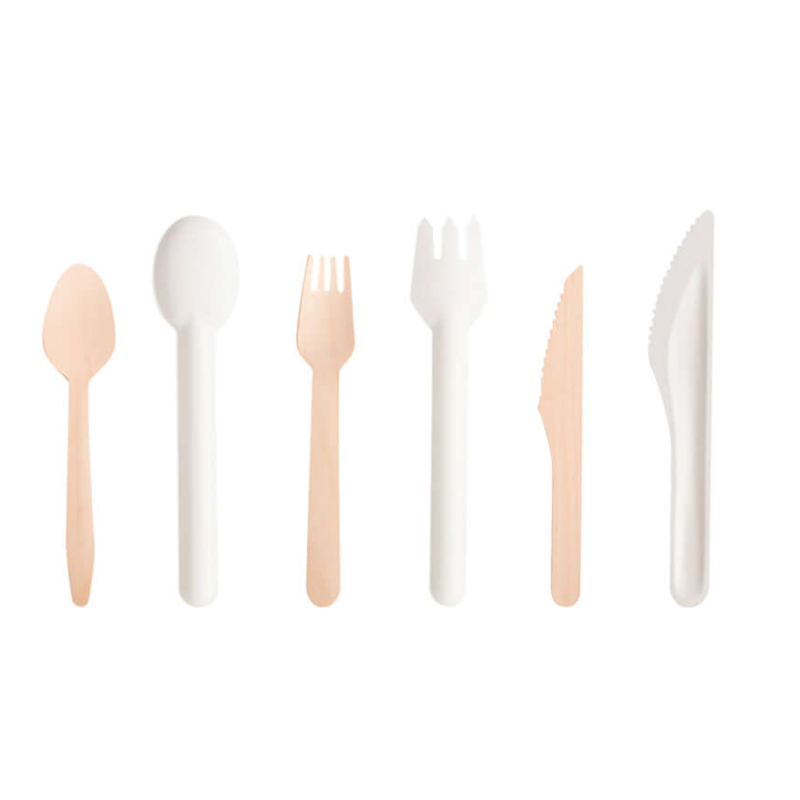
Abstract
Plastic cutlery is a pervasive feature of modern life, found in households, restaurants, and events globally. This paper explores the multifaceted reasons behind its popularity, including convenience, cost – effectiveness, hygiene, and cultural norms. It also addresses the environmental implications of plastic cutlery use and discusses emerging sustainable alternatives.
Introduction
Plastic cutlery—such as forks, spoons, and knives—has become an integral part of daily life. Despite growing concerns about plastic pollution, its usage remains widespread. This paper examines the driving forces behind this trend, analyzing economic, practical, and behavioral factors while highlighting the need for sustainable solutions.
1. Convenience and Practicality
1.1 Single – Use Efficiency
Plastic cutlery is designed for one – time use, eliminating the need for washing or storage. This makes it ideal for busy lifestyles, outdoor events, and food – delivery services. For example, in the United States, 70% of fast – food restaurants provide plastic cutlery with takeout orders (Statista, 2023).
1.2 Lightweight and Portable
Plastic cutlery is lightweight and easy to transport, making it a preferred choice for picnics, camping trips, and travel. Its durability ensures it does not break easily during handling.
2. Cost – Effectiveness
2.1 Low Production Costs
Plastic cutlery is inexpensive to manufacture. A single plastic spoon costs approximately $0.01 to produce, compared to $0.50 for a reusable stainless – steel spoon (Smith, 2022). This price difference incentivizes businesses to opt for disposables.
2.2 Reduced Labor Costs
Restaurants and caterers save on labor costs by avoiding dishwashing and sterilization processes associated with reusable cutlery. In large – scale events, plastic cutlery reduces logistical complexity.
3. Hygiene and Safety
3.1 Perceived Sanitation
Plastic cutlery is often viewed as more hygienic than shared reusable utensils, especially in public settings. A survey by the Food and Drug Administration (FDA) found that 68% of consumers prefer single – use cutlery in cafeterias (FDA, 2021).
3.2 Food Safety Compliance
Plastic cutlery meets strict food – contact safety standards, such as FDA regulations, ensuring no harmful chemicals leach into meals. This reliability is critical for commercial food providers.
4. Cultural and Social Norms
4.1 Fast – Food Culture
The rise of fast – food chains and on – the – go dining has normalized plastic cutlery use. For instance, McDonald’s serves over 68 million customers daily, many of whom receive plastic utensils (McDonald’s, 2023).
4.2 Event Traditions
Weddings, festivals, and parties often use plastic cutlery for logistical ease. These social contexts reinforce its acceptability.
5. Environmental Challenges
5.1 Pollution and Waste
Plastic cutlery contributes significantly to global plastic waste. It is estimated that 8 million metric tons of plastic enter oceans annually, with cutlery ranking among the top 10 most littered items (UNEP, 2022).
5.2 Non – Biodegradability
Traditional plastic cutlery takes centuries to decompose, releasing microplastics into ecosystems. This poses risks to marine life and human health.
6. Sustainable Alternatives
6.1 Biodegradable Materials
Corn – starch – based and algae – derived cutlery are emerging as eco – friendly options. These materials break down within 6–12 months under composting conditions.
6.2 Reusable Solutions
Governments and businesses are promoting reusable cutlery through initiatives like “Bring Your Own Utensil” campaigns. For example, the EU’s Single – Use Plastics Directive (2021) bans plastic cutlery in member states by 2024.
Conclusion
Plastic cutlery persists due to its convenience, affordability, and cultural embeddedness. However, its environmental impact necessitates a shift toward sustainable alternatives. Education, policy changes, and innovation in materials science are key to reducing reliance on plastic cutlery while maintaining practicality.


